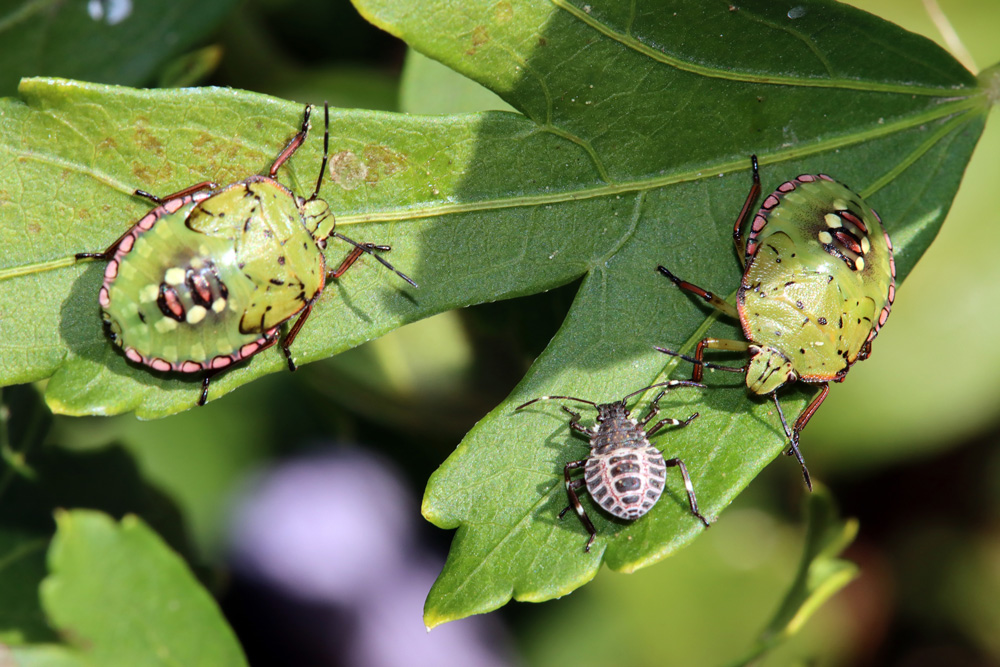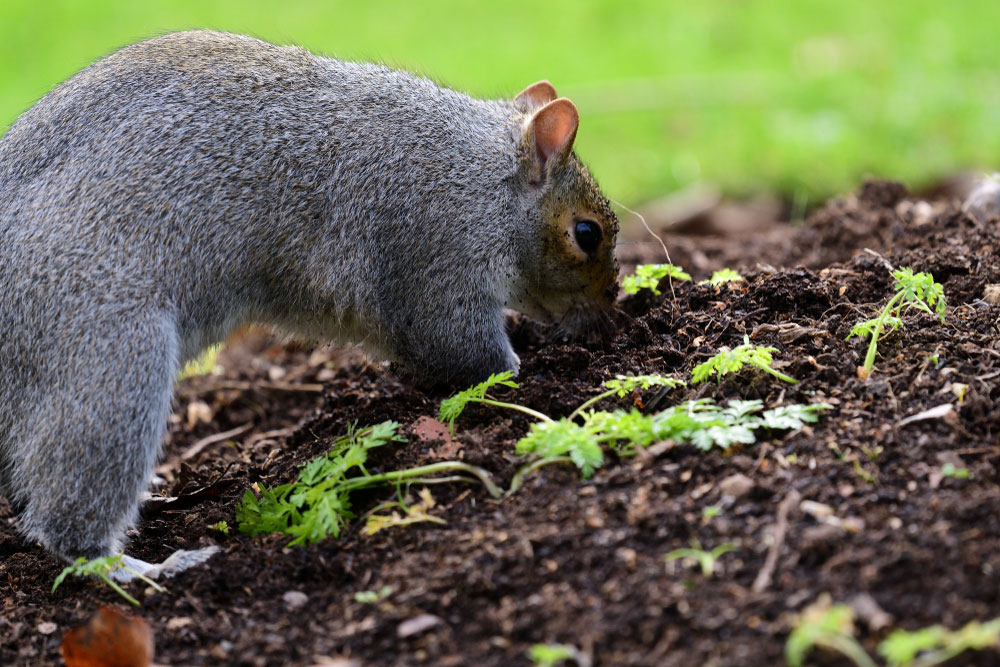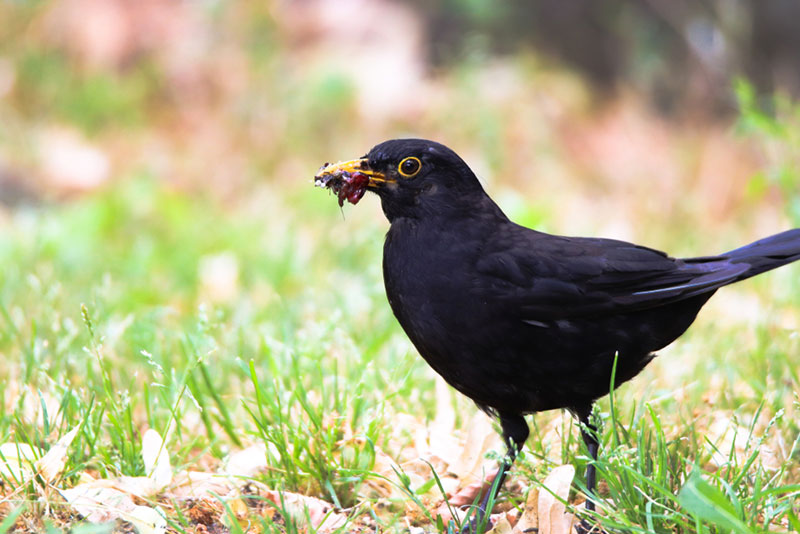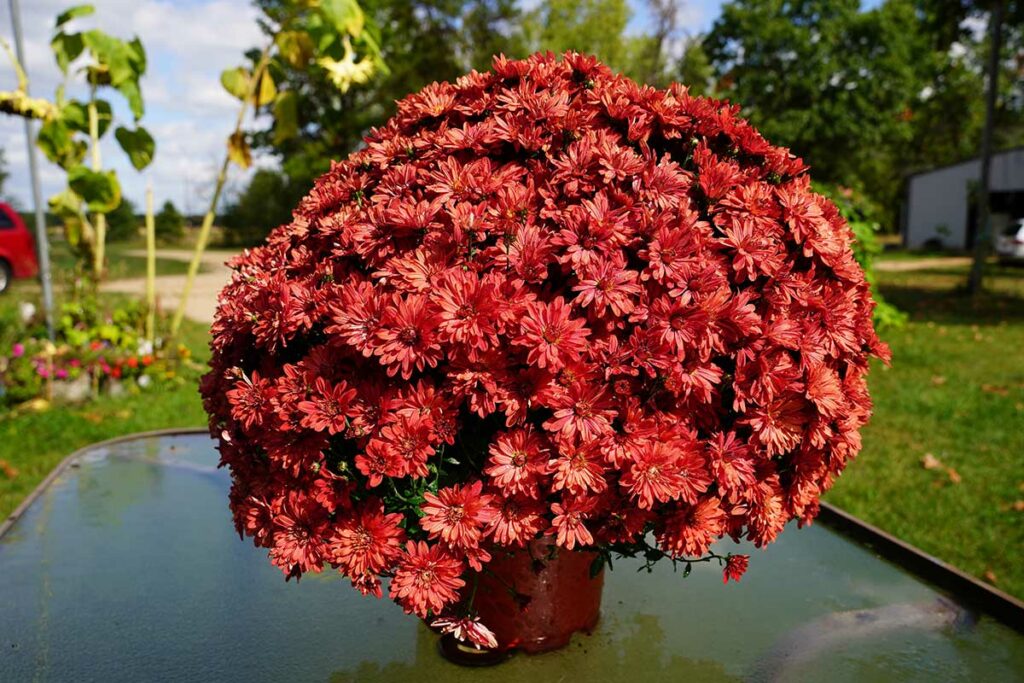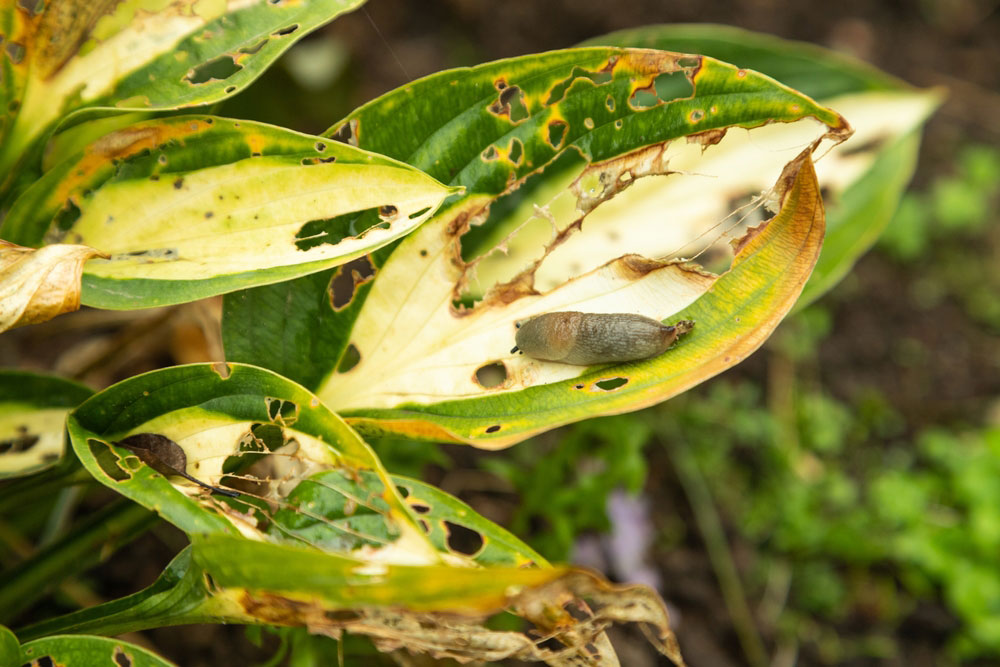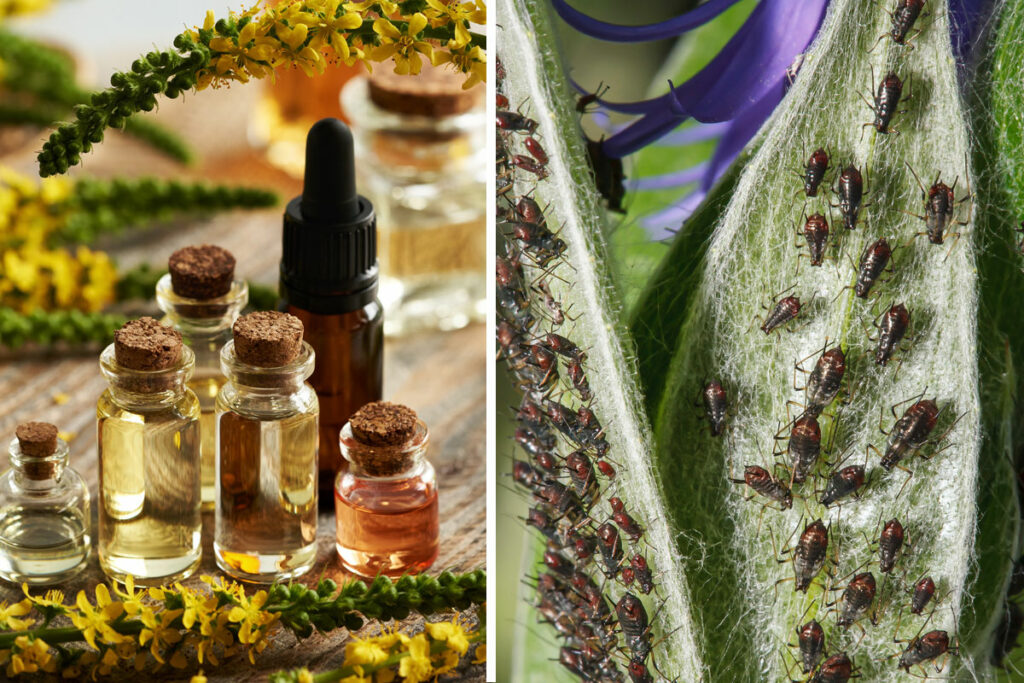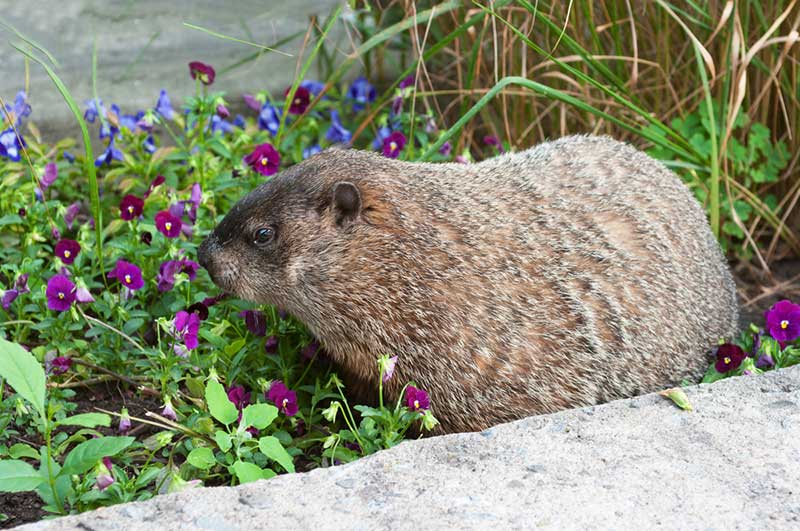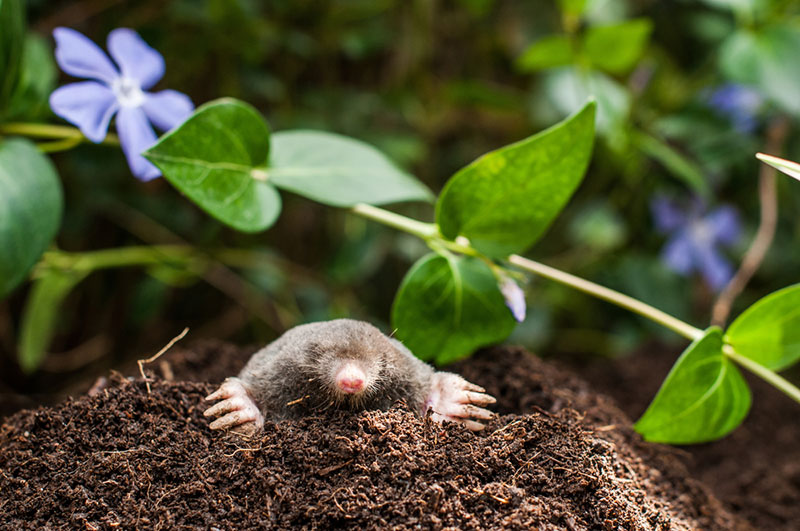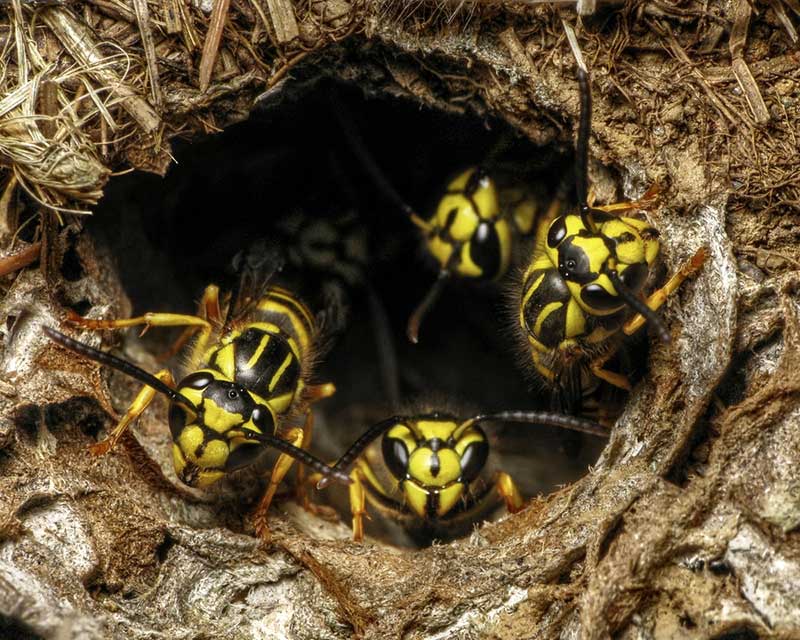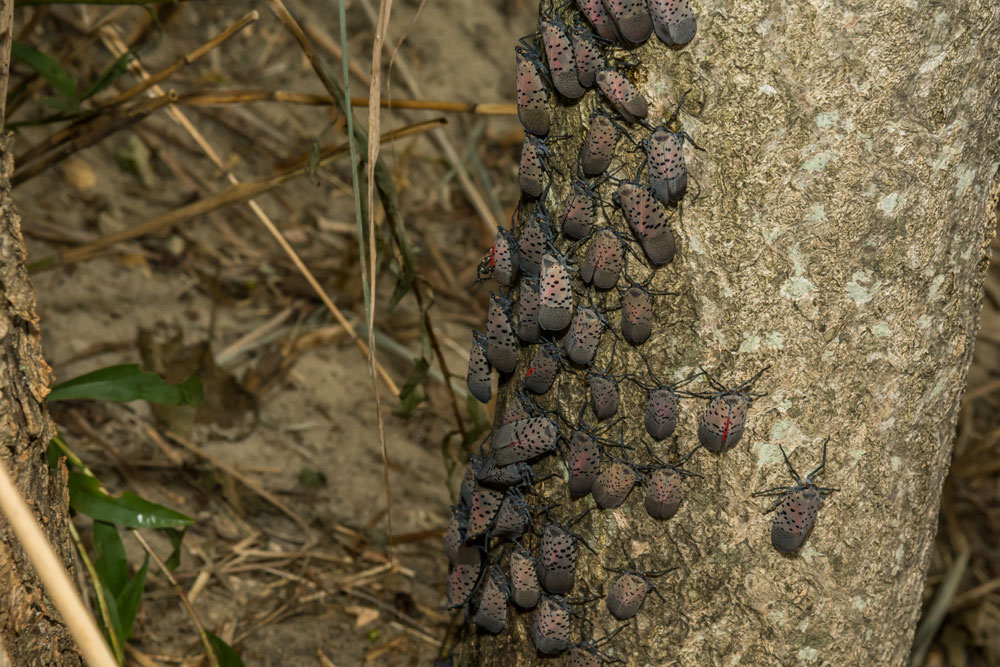
The Spotted Lanternfly is becoming a common nuisance in many gardens, and you may be wondering how to get rid of this pesky insect. Integrated pest management techniques are your best bet to effectively combat this invasion. This approach includes manual removal, using traps, and applying natural or chemical treatments.
Additionally, keeping your garden clean and free of debris can deter these bugs from making your plants their home. Encouraging natural predators like birds and spiders is another way to keep the Lanternfly population under control.
Beyond these methods, staying vigilant and routinely inspecting your plants can help you catch infestations early. By following these strategies, you’ll keep your garden healthy and Lanternfly-free.
Understanding the Spotted Lanternfly
The Spotted Lanternfly is a serious garden pest. Getting to know its appearance and behavior will help you control its impact on your plants.
Identifying Characteristics
The Spotted Lanternfly, Lycorma delicatula, has distinct features that make it easy to spot. In its nymph stage, it is black with white spots, turning red with black and white spots as it matures.
The adult Lanternfly, about 1 inch long, displays wings with a light brown, black-spotted pattern. When the wings are spread, a bright red underwing becomes visible. Always check for these markings to recognize it correctly.
Look for egg masses, which resemble grayish-brown, mud-like patches. They are found on smooth surfaces like trees, stones, or even outdoor furniture. Inspecting these areas can help you identify this pest early.
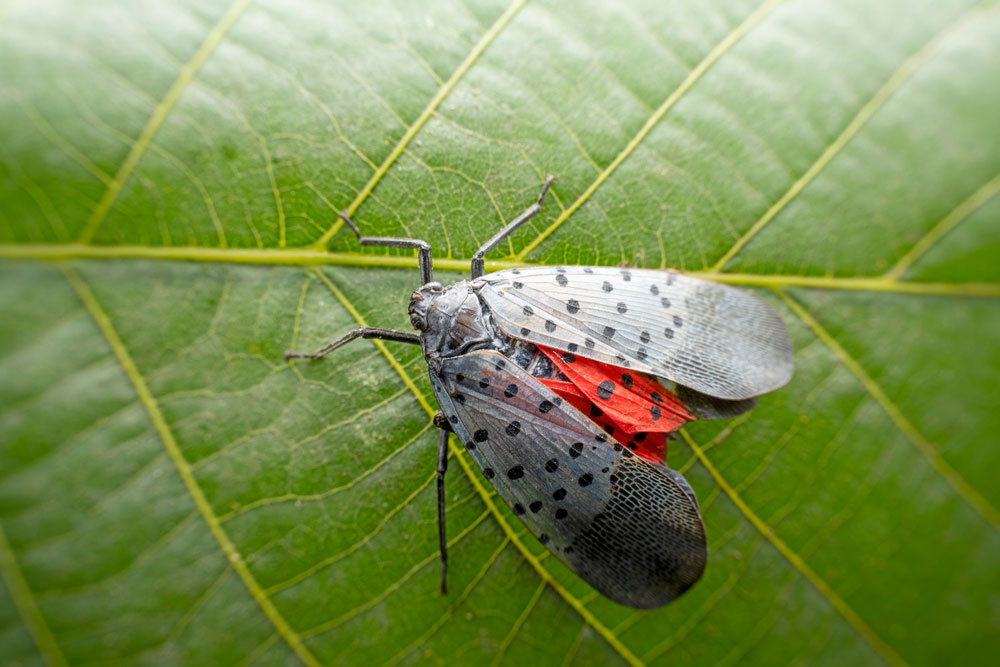
Lifecycle and Seasonal Behavior
Knowing the lifecycle of the Spotted Lanternfly aids in timing control measures. The cycle begins with egg-laying in fall, and the eggs hatch in late spring, around May.
Nymphs progress through four stages, known as instars, before becoming adults by late July. Adults are most active in late summer and fall. They feed on plant sap, weakening plants and leaving behind a sticky residue called honeydew, which can lead to mold growth.
By understanding when each stage occurs, you can better plan interventions. Removing egg masses in winter or targeting nymphs in spring can reduce their numbers and protect your garden.
Prevention Strategies
Effective prevention strategies for spotted lanternfly in your garden include managing host trees and adopting proper yard maintenance practices.
Host Tree Management
To prevent spotted lanternflies, start by managing the trees they prefer. The tree of heaven (Ailanthus altissima) is a favorite host. You might consider removing these trees from your yard. If removal isn’t possible, you can apply herbicides to keep them in check.
Encircle tree trunks with sticky bands to trap lanternflies as they climb. Replace these bands frequently to maintain effectiveness. Target egg masses on trees by scraping them off and placing them in alcohol or hand sanitizer.
Prune infested branches to reduce the population. Keep an eye on maples, willows, and other trees they might use if their primary host is unavailable.
Yard Maintenance Practices
Regularly inspect and clean outdoor surfaces where spotted lanternflies might lay eggs. They prefer smooth surfaces like decks, fences, and outdoor furniture. Remove egg masses by scraping them into sealed bags and then disposing of them properly.
Encourage predators, such as birds and spiders, which can help control lanternfly populations. Avoid using broad-spectrum insecticides that might harm beneficial species.
Maintain a tidy yard by trimming overgrown vegetation and removing plant debris. This reduces hiding spots for lanternflies.
Consider planting native or resistant plants that are less appealing to these pests. This can naturally deter them from settling in your garden.
Eradication Techniques
To effectively get rid of the Spotted Lanternfly from your garden, you can use physical removal methods, chemical treatments, and biological control options. Different techniques suit different levels of infestation and garden environments.
Physical Removal Methods
Manually removing the Spotted Lanternfly is an efficient way to manage small infestations. Begin by scraping egg masses off tree trunks and other surfaces using a plastic card or similar tool.
Place the collected eggs in a bag filled with rubbing alcohol to destroy them.
Traps can also be useful. Sticky bands wrapped around tree trunks capture nymphs and adult Lanternflies as they crawl. Ensure you check these regularly and replace them as needed.
Hand-picking Lanternflies is labor-intensive but effective in smaller areas. Wearing gloves, you can tap the insects into containers of soapy water to kill them.
Chemical Treatments
When the infestation is severe, chemical treatments may be necessary. Insecticides like imidacloprid or dinotefuran are commonly used against these pests. Always follow the instructions on the product label for safe and effective use.
Systemic insecticides, which are absorbed by plants and kill insects feeding on them, can offer long-term control. Spraying in the early morning or late evening reduces the risk to beneficial insects.
Remember to check local regulations before applying any chemical treatments, as some areas may have restrictions.
Biological Control Options
Introducing natural predators is a sustainable way to reduce Spotted Lanternfly populations. Research indicates that certain fungal pathogens, such as Beauveria bassiana, can infect and kill these pests.
Additionally, some parasitic wasps target Spotted Lanternfly eggs, reducing their numbers naturally. You can encourage these beneficial insects by maintaining a diverse garden with flowering plants that attract predators.
Pilot studies are ongoing to explore more biological controls, and staying updated with local agricultural extensions can provide you with the latest effective options.





